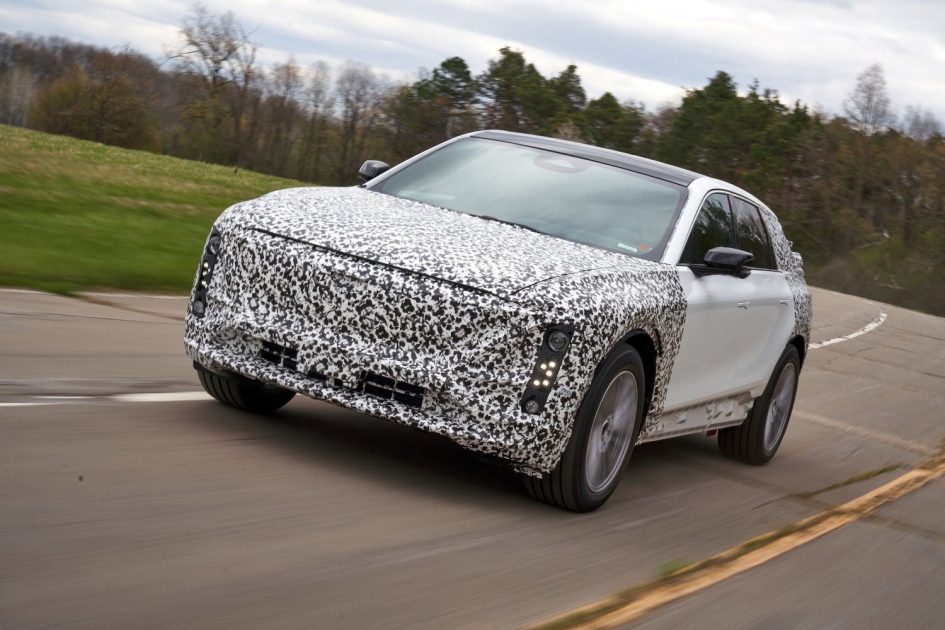
Cadillac LYRIQ’s Development Accelerated by Virtual Testing and Validation
Powered by General Motors’ Ultium Platform, the recently unveiled Cadillac LYRIQ not only signals the dawn of a new electric vehicle era for the brand – it represents a fundamental transformation of GM’s global product development process. The official unveiling last week of Cadillac’s first all-electric SUV was nine months ahead of schedule, a timeline accelerated by a process of virtual testing and validation.
Boasting a combination of the latest automotive technology, premium craftsmanship and a meticulous level of intricacy throughout its design, the LYRIQ sets a new standard for the luxury EV landscape and plays a pivotal role in GM’s vision of zero crashes, zero emissions and zero congestion.
Its accelerated path was the result of an ongoing commitment to evolve GM’s global product development processes through the innovative use of cutting-edge virtual engineering tools.
As demonstrated by LYRIQ, the process of virtual design, development and validation has a profound impact on the overall efficiency of GM vehicle programs. Implementing the tools early in the development process allows teams to optimize a vehicle’s design, quality and performance within the confines of a digital environment, enabling GM to rapidly accelerate product development cycles while reducing engineering costs by $1.5 billion per year.
The results are augmented when the VDDV process is paired with the powerful Ultium Platform, the heart of GM’s EV strategy. The modular nature of Ultium allows it to be easily adapted from one vehicle model to another, meaning the learnings from one program can accelerate the development of others in the EV portfolio.
Several elements of the LYRIQ program were enhanced as a direct result of extensive virtual development and validation, including:
Cabin comfort for all passengers in cold and hot environments
Advanced aerodynamics to help maximize range1 and on-road performance
Aeroacoustics and active road noise cancellation for a more enjoyable ride
Driver assistance and active safety features2 for peace of mind
Protection of the Ultium battery in a wide variety of collision scenarios
“While GM has been developing great products for more than 100 years, virtual engineering has allowed us to visualize aspects of our designs that have not been previously observable with conventional vehicle testing. This is one of many inherent strengths of virtual engineering that we’ve capitalized on to completely reimagine how we create and develop future mobility products like the Cadillac LYRIQ,” explained Mike Anderson, GM executive director of Virtual Design, Development and Validation. “This new approach certainly achieved our initial goal of drastically reducing our engineering spend on expensive prototypes, but, more importantly, has enabled us to run faster than ever before, and deliver better quality on our first production vehicle builds.”
Variation in manufacturing, customer usage, physics, and even the design process itself is a longstanding challenge when innovating and developing complex machines like those of future mobility. Through virtual development, the team was able to test thousands of designs through multiple scenarios to address the many forms of variation, allowing the first drivable LYRIQ prototypes to be produced with a single optimized design.
“Now that we’ve moved to the next phase of development, the initial quality of our pre-production test vehicles is some of the best that I’ve ever seen,” said Jamie Brewer, LYRIQ chief engineer. “During early test drives, I’ve been impressed with the ride, handling and overall performance of the vehicle at this stage of development.”
With the accelerated timeline, LYRIQ is expected to go into production in the first quarter of 2022.



























